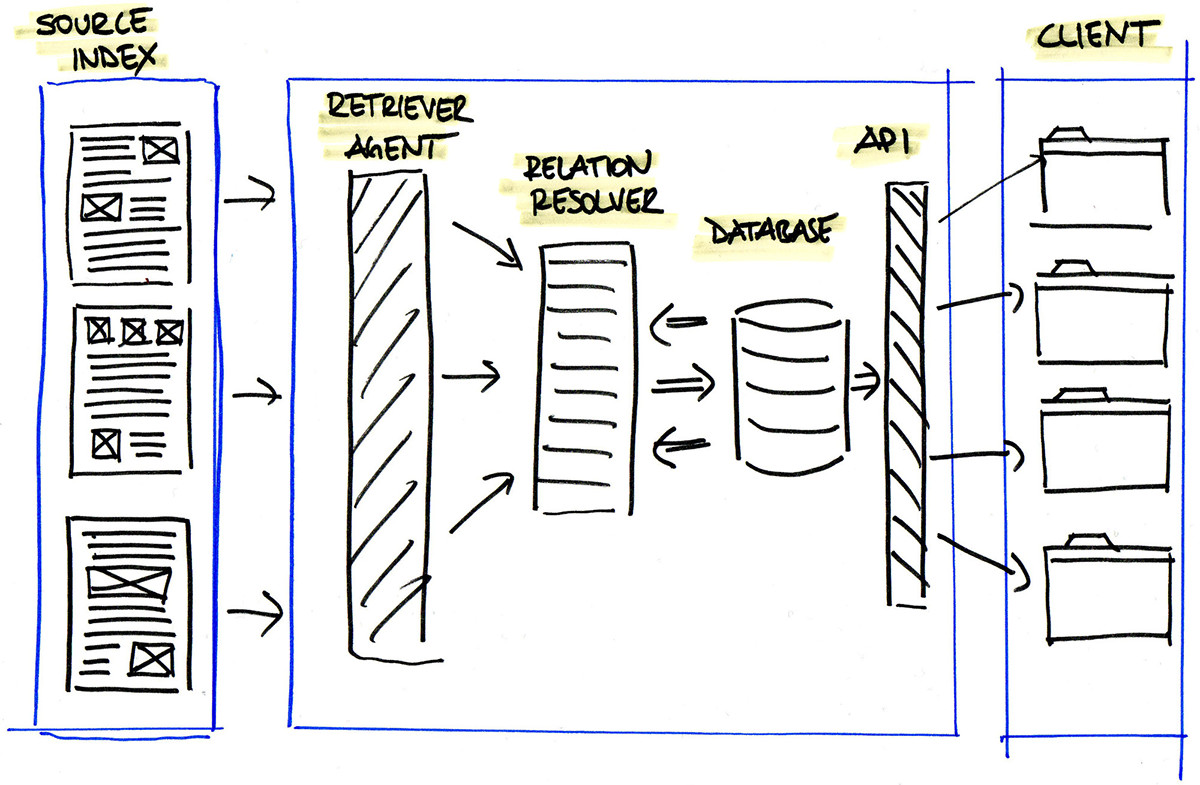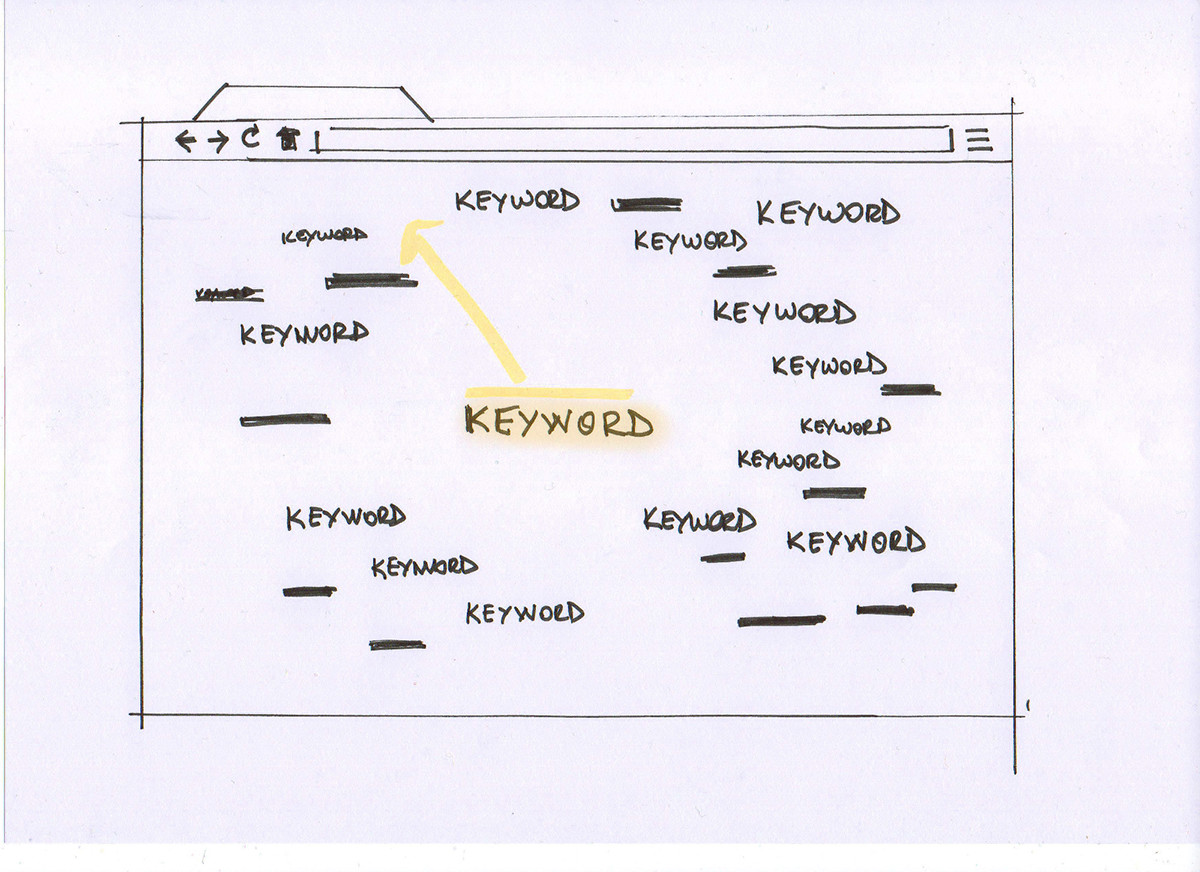Media Spider is a new media project proposed by Can Alkan, Mert Aslan and Mustafa ilhan for the Image, Time and Motion course thought by Ersan Ocak and Funda Şenova Tunalı.
It's a web-based content analysis tool in order to answer such questions: "How many times does the word 'yolsuzluk' occur in the articles, with which words, when and used by whom?'' through the quantitative analysis of articles and news. It periodically collects digital articles through the internet with its specific properties, then analyzes this data using methodologies of content analysis and later represents the result in a visual way. Its interface allows user to explore and search information through the interactive data visualization.
The Problem: There are a lot of information that people are exposed. Hundreds of different articles are published every day. It is impossible to follow and read all of them. Users can easily access them but it is hard to realize the big picture... Like seeing the stars in middle of the city. Because of light pollution it is hard to realize the stars even if there is no cloud in the sky. Therefore, the purpose of this project is to produce a tool which focuses on what media institutions talking about and analyze their huge amount of information.
Existing approaches: Word Clouds, Google N-Gram Viewer... There are many others however for some of them relations between the words are missing, for the others time based changes are missing, we believe that they are useful but not enough.

In the above diagram, six components of Media Spider are illustrated. First one is Source Index. It holds the source address of articles and their retrieval methods. Periodically Retriever Agent, using entries in the Source Index, retrieves the content from the articles. At the same time it collects date of the article, author of the article, sharing count through the social media. It removes unnecessary parts and then passes the content to Relation Resolver. Relation resolver calculates the word frequency and co-occurring words. Later it stores the datum to the Database. As you can understand Database is the collection of structured datum and this datum become meaningful with the queries of API. API is the opening door of the system to Client Application and other third party applications. By the way this project should allow third party applications. In other words, other people can use analyzed datum of this project for their own purpose. Client Application is the interface that user can engage with it. It translates the user action to the format that api can understand and api's response to the user. I mean the language is converted one to another at this point.







The language of user interface establishes a relation with real life and other tools. There are three different level of views. First one is Explore. In this view words are emerges one by one and than step aside. Actually, it shows the trending phrases of corresponding day. Every tiny point corresponds to another word and their size represent their frequency. When you zoom in you see more words, when you zoom out you see less words. With the help of pointing device user can explore the words. When hover on one of the point, word and co-occurring words reappears, and others fade out. When user drag and drop selected word, it switches another view which is called Space. It is space of the selected word. In first orbit related/co-occurring words appear and in second orbit institutions and authors appear. When you click one of the word you see the articles that contain this word and details link. You can either read the article or go to detail view whose name is Metrics. Metrics view is the most dense view. It shows more related articles, words, institutions and authors as a list. There is a frequency graphic to show changes in time and genealogical analysis is showed at this level. Further there is a menu that enables user to search a specific word or date. There are categories and words can be filtered according to selected category. Further there are fields that user can enter link of articles and the system also creates a space from entered articles.

